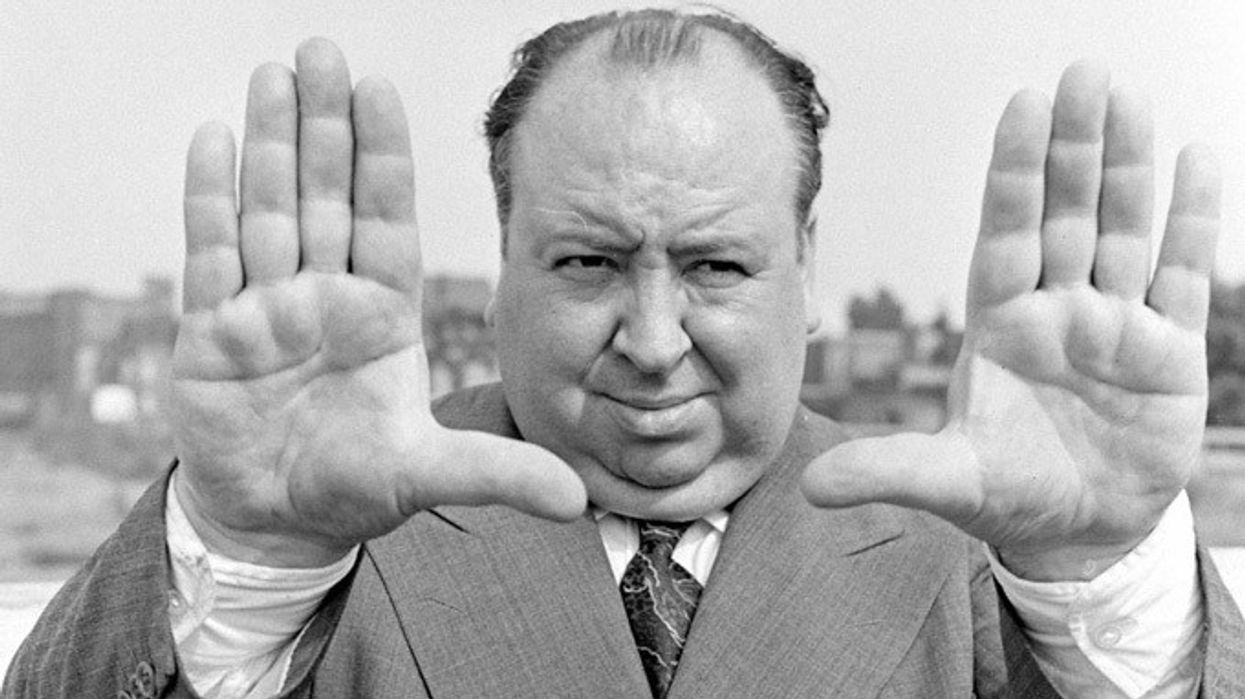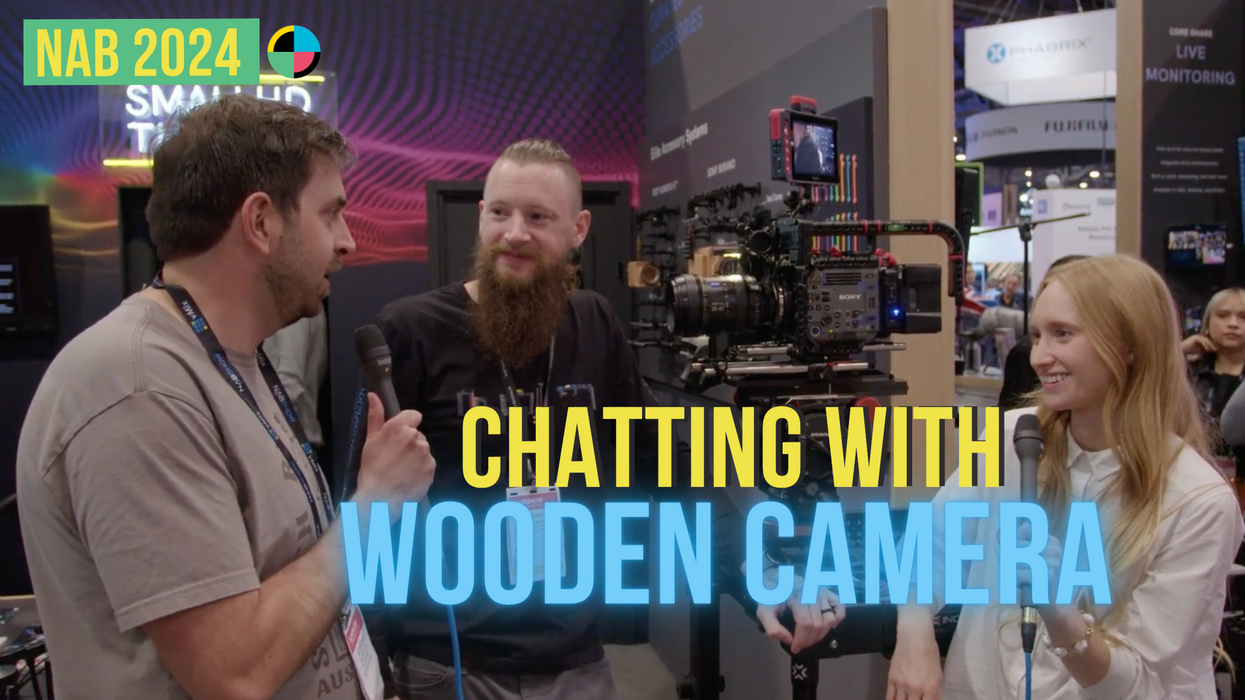How to Make a Film Like Alfred Hitchcock: A Breakdown of the Master's Techniques

If you're looking at your project right now -- maybe you're going over the footage you shot today or are editing all of your raw material -- and you're feeling like it's falling a bit flat, it might be time to take some notes from the master. Alfred Hitchcock wasn't just the Master of Suspense; he was the master of capturing and eliciting powerful emotions from his actors and audiences through several cinematic techniques -- ones that every filmmaker should learn at some point in their career. This video essay breaks down many of Hitch's chosen methods of storytelling, from using the MacGuffin to training his camera to the faces of his actors, so continue on to check it out.
The funny thing about admiring Alfred Hitchcock's work is that it has become a bit of a cliché, which is actually somewhat ironic since one of his greatest contributions to cinema was the fact that he broke apart clichés in not only the genre he worked in most, namely psychological thrillers, but in visual storytelling overall. For instance, before the crop duster scene in North By Northwest, a similar scene would most likely take place at night, in a claustrophobic, darkened alley in a big city, not during a sunny day out in a cornfield in the middle of Nowhere, Indiana (technically it was shot outside of Bakersfield, California.)
So, how did Hitchcock go from a maker of silent films to the dynamic and masterful director who created some of cinema's greatest movies? One of the main reasons is his implementation (even creation) of narrative and cinematographic techniques that took the medium to a new level, like the dolly zoom, or the "Vertigo Effect", which was created by second-unit cameraman Irmin Roberts and famously used in Vertigo, his stylistic focus on facial expressions, as well as his use of point of view shots. All these things and more are talked about in the videos below.
However, I think it should be said that we could talk about Hitchcock's techniques all day, but in order to understand his motivations -- the reasons why he made the technical and stylistic choices that he did, we have to understand one the main principles that influenced the way he made films was how he defined cinema. He was quite explicit in his opinion that cinema was a visual medium, often stating that dialog should only be used when the visuals can't communicate an idea.
Check out the videos to learn more about what kinds of techniques Hitchcock used throughout his career:
What do you think about the techniques Hitchcock used in his films? Has Hitchcock and his career helped you become a better filmmaker? How? Let us know in the comments below.
via borgusfilm & Filmmaker IQ












